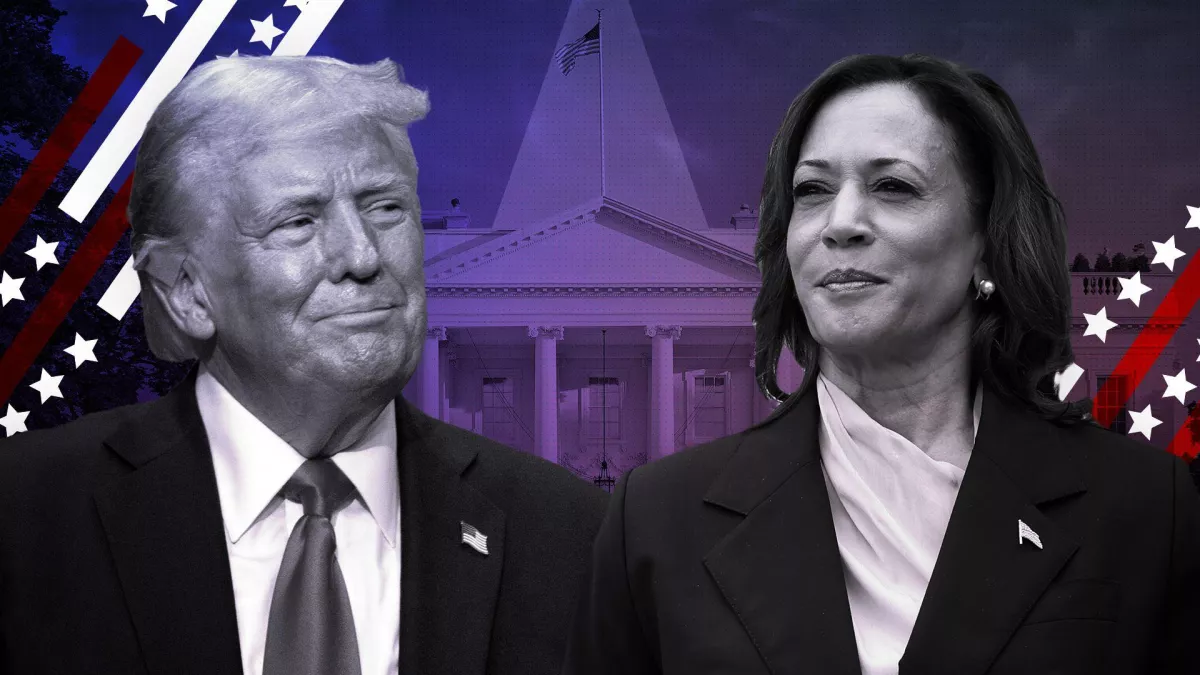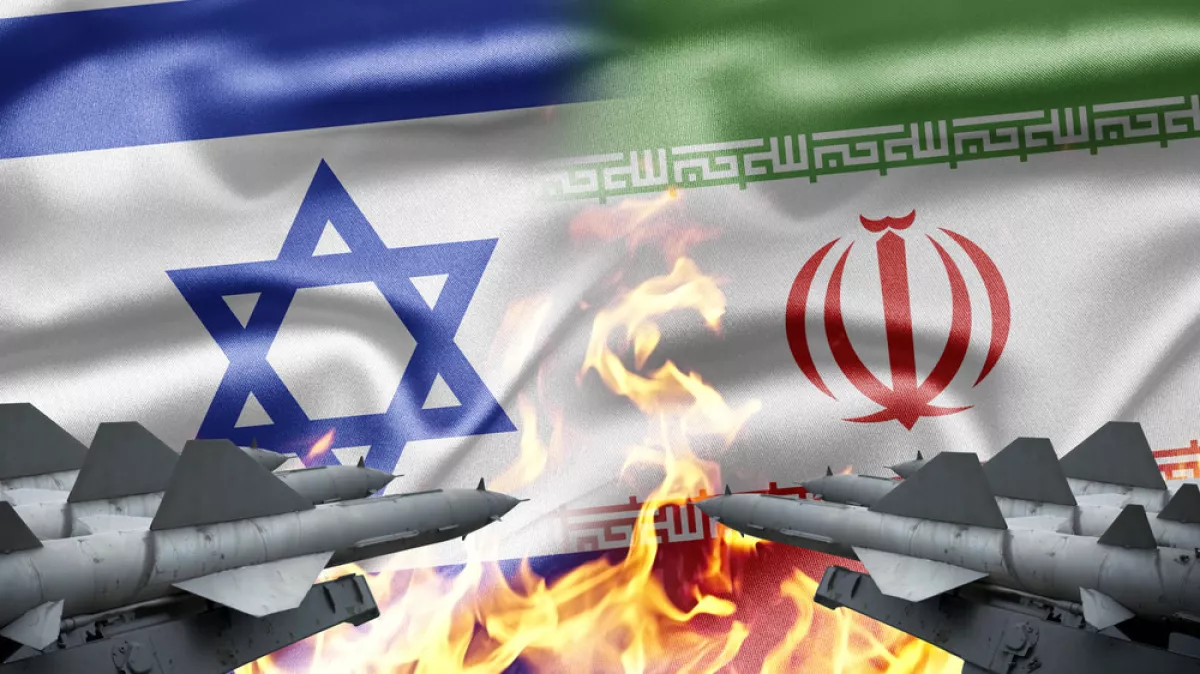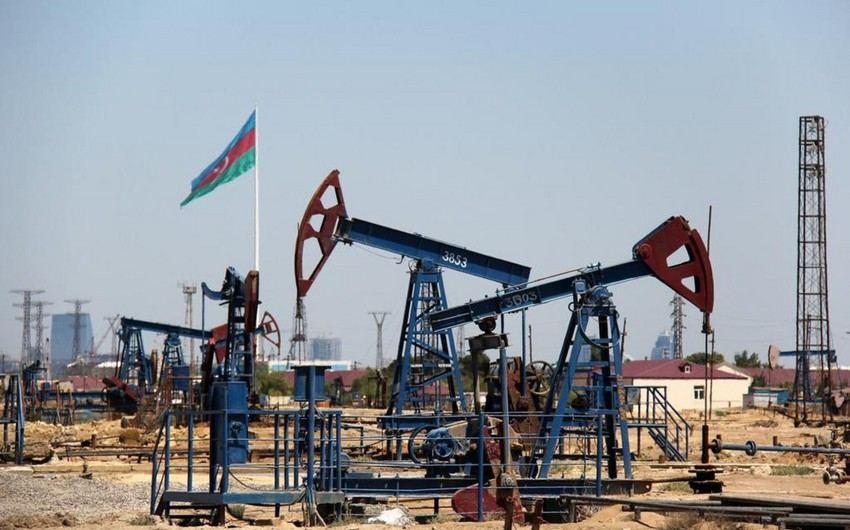Missiles and oil prices: A volatile connection Analyzing supply, demand, geopolitical risks
Oil prices have surged since early November amid reports of a possible Iranian missile strike on Israel from Iraqi territory in the coming days. This echoes market reactions seen in early October, when an Iranian missile attack escalated tensions in the Middle East, driving up prices.
Against this backdrop, eight OPEC+ member countries recently announced an extension of their voluntary production cuts, totalling 2.2 million barrels per day, through the end of December. This decision, published on the cartel’s website on November 3, comes after an initial plan in September to increase production quotas by October—then postponed to December—and now deferred again to next year.
The experience of the latter half of the 20th century and the first quarter of this century vividly illustrates that active phases of geopolitical confrontation and war, particularly in the Middle East, directly impact oil price dynamics. The renewed wave of Arab-Israeli tensions, which began in October 2023, has escalated into a full-scale conflict involving Iran’s proxy forces on multiple fronts. This includes Yemen’s Ansar Allah movement, which has launched missile attacks on civilian vessels in the Red Sea.
By 2024, this “wildfire” had spread from Gaza to Lebanon, with the conflict intensifying in April and October as it led to direct missile strikes from Iran on Israel and retaliatory airstrikes by the Israeli Air Force on Iranian military targets. Each escalation triggered a fresh surge in oil prices on global markets, with each phase marked by unique patterns and durations of price hikes.
It appears that key players in the Middle Eastern conflict see no reason to abandon their show-of-force strategies. Recently, the news outlet Axios, citing confidential Israeli sources, reported that Iran is planning another attack on Israel using ballistic missiles and kamikaze drones launched from Iraq, in retaliation for Israeli airstrikes on Iranian targets on the night of October 26. The day before, The Wall Street Journal (WSJ) confirmed this information, citing informed Iranian and Arab sources who stated that Iran "is planning a complex response involving even more powerful warheads and other weapons." Tehran seems uninterested in influencing the US electoral process, as its missile response is expected to occur after the US elections on November 5 but before the new president’s inauguration in January.

Bloomberg reports that recent Israeli airstrikes on three Iranian provinces—Tehran, Khuzestan, and Ilam—deliberately avoided energy infrastructure and nuclear facilities. This decision led to a swift reduction in the “war premium” on oil prices and refocused markets on weak commodity fundamentals, causing oil prices to fall by more than 5% at the end of October. Predicting whether Iran will retaliate, the scale of any attack, or its targets remains uncertain, and these factors will largely dictate Tel Aviv's response. The Israel Defense Forces (IDF) have indicated that any military reaction would be proportional to the scale, nature, and impact of a potential Iranian strike. Despite the risk of escalation, SEB Research analyst Ole Hvalbye suggests that while tensions may rise again, neither side appears inclined toward a full-scale regional war.

However, oil traders remain concerned that the ongoing exchange of attacks between Tehran and Tel Aviv could threaten oil supplies from the Middle East. It’s worth recalling that Iran produces around 3.2 million barrels of oil per day, exporting roughly half of this volume. In a worst-case scenario, Iran could mine and block the Strait of Hormuz, through which one-fifth of the world’s oil supply passes daily.
As a result, by November 1, January Brent futures on the London ICE Futures exchange rose by 2%. This bullish trend continued over the weekend, and by midday on November 4, January Brent futures were trading at $75.02 per barrel, fully recovering from their September slump. The surge in hydrocarbon prices also boosted oil company stocks: BP and Shell shares in London rose by 1.4–1.5%, US-based APA Corporation gained 1.3%, and shares of American shale producer Occidental Petroleum, along with Chevron and Exxon Mobil, increased by 0.8%.
Notably, the complex military and political developments unfolding in the Middle East during October and November occurred amid a series of market-influencing factors: the resumption of oil production in Libya, which holds Africa's largest hydrocarbon reserves; declining fuel demand in China; and a downward trend in oil prices that began in September. In this context, experts believe the risk premium factored into oil prices due to military conflicts has been offset by ample supply. This particularly includes OPEC+ plans announced in early September to increase production quotas by an additional 180,000 barrels per day starting October 1. However, the cartel and its partners later postponed this increase to early December.
By year-end, oil prices “could drop to as low as $50 per barrel if so-called cheaters within OPEC+ don’t stick to agreed-upon production limits,” Saudi Arabia’s Energy Minister Abdulaziz bin Salman Al Saud warned in an article published over a month ago by The Wall Street Journal.
It seems that OPEC has taken steps to prevent this scenario. According to information posted on the organization’s official website on November 3, eight OPEC+ countries—Saudi Arabia, Russia, Iraq, the United Arab Emirates, Kuwait, Kazakhstan, Algeria, and Oman—agreed to extend the voluntary oil production cut of 2.2 million barrels per day, originally set in November 2023, for one more month until the end of December 2024. These countries also reaffirmed their collective commitment to the Declaration of Cooperation, including additional voluntary adjustments to production. They welcomed recent statements from Iraq, as well as a joint announcement from Russia and Kazakhstan, confirming their commitment to further production adjustments and compensation schedules for excess production since January 2024.

Thus, the anticipated lifting of OPEC+ production quotas this year has been postponed to 2025. Meanwhile, experts from the International Energy Agency (IEA) project that high energy price volatility will continue into next year. The World Bank, on the other hand, expects global energy prices to reach a five-year low in 2025, driven by an oversupply in the oil market. Citi Bank presents various scenarios: its baseline forecast suggests oil prices around $74 per barrel at the start of 2025, potentially declining to $60 by year-end. However, in the event of an escalation in the Middle Eastern conflict and supply disruptions, prices could surge to $120 per barrel in the first quarter. Similarly, Standard Chartered experts warn of potential risks, noting that escalation may follow the US presidential election, which could push Brent prices up to $89 per barrel in the first quarter of next year.
Despite these uncertain global energy market prospects, Azerbaijan’s Central Bank (CBA) currently sees no major cause for concern. “To maintain Azerbaijan's balance of payments, the price of a barrel of Azeri Light oil on the global market needs to be between $40 and $45. At present, there is no reason to worry about oil prices,” said Samir Nasirov, Director of the CBA Statistics Department, during a media briefing in late September.

Recently, the Chairman of the Central Bank of Azerbaijan (CBA), Taleh Kazimov, shared the regulator's projections, stating that the average price of oil on the global market this year is expected to be $81.40 per barrel, and $79.20 in 2025, figures that are quite comfortable for the country.
It’s important to note that the projected oil price in Azerbaijan’s state budget for next year is planned at $70 per barrel, and it may even be lower. The recent data from the credit rating agency S&P Global Ratings also mentions that Azerbaijan expects to maintain a budget surplus from 2024 to 2027. “Azerbaijan's government expects a consolidated budget deficit in the coming years based on the calculated average oil price of $60 per barrel. However, our forecast is $80 per barrel, which allows us to predict a budget surplus of 3.4% of GDP in 2024,” the analysts from S&P noted.








